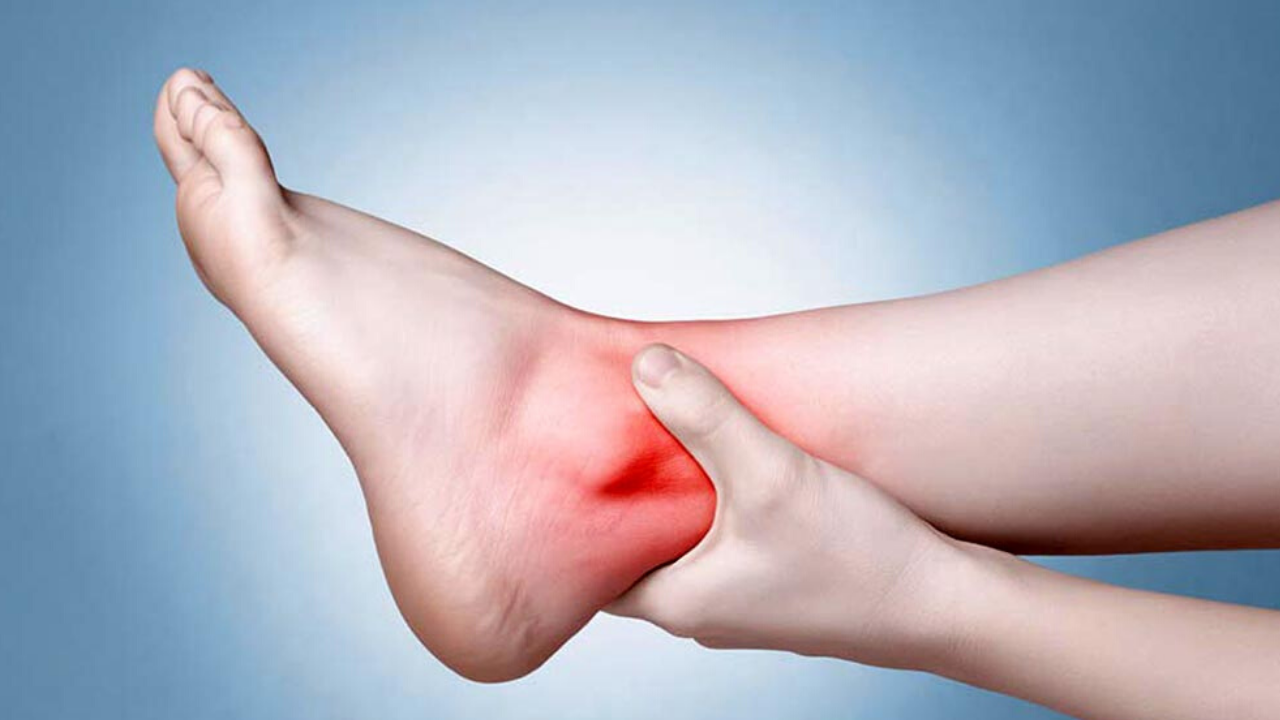November 13, 2019
5m 12s
Share:
Proper management of a chronic wound requires adequate oxygen delivery to the tissue, adequate-protein, vitamins, minerals, nutritional factors, a moist environment, an appropriate inflammatory milieu, debridement, and correction of contributing medical diagnoses. In some patients, these conditions are achieved easily and the wound closes properly. However, in other patients, no healing can be obtained despite aggressive management of these conditions. Following injury, acute or chronic inflammation is evident as part of the body’s defense against damaged cells and invading pathogens. The pathophysiology of responses the following trauma involves various chemical mediators, which include cytokines, prostaglandins (PGs), and nitric oxide (NO).
Current advances in adjunctive therapies such as HBOT (hyperbaric oxygen therapy), phototherapy, and alternative medicine, have enabled improved outcomes to be achieved. There is increasing interest in the beneficial role of HBOT in the field of wound healing. HBOT means breathing pure (100%) oxygen under increased atmospheric pressure. HBOT induces high oxygen partial pressure in all tissues, reduces edema, causes activation of fibroblasts and macrophages, and stimulates angiogenesis and collagen synthesis.
HBOT has shown promise in the management of chronic wounds. HBOT is thought to improve many aspects of poor healing by supplying high levels of oxygen at increased atmospheric pressure. It has been suggested that increasing the availability of oxygen does not necessarily stimulate the healing process, but that perhaps the pressure at which the oxygen is delivered is the responsible stimulus. The exact mechanism that explains the beneficial effect of HBOT on wound healing could be ascribed to the effects of HBOT on the inflammatory and immunological mediators. An article by researchers Noori S. Al-Waili and Glenn J. Butler review scientific papers that describe the influence of HBOT exposure on these mediators.
Trauma and wounds induce an inflammatory response characterized by cytokine release and neutrophil activation and microvascular adherence. Neutrophils release VEGF (vascular endothelial growth factor) and IL-8, which activate endothelial cells and induce angiogenesis by a paracrine feed-forward mechanism involving endothelial IL-8 upregulation. Neutrophils, however, are a rich source of proinflammatory cytokines, such as IL-8 and TNF.
Various mediators such as PGs, NO, and cytokines are liberated following trauma and injury. Macrophages isolated from injured mice produce higher levels of PGE2, TNFα, IL-6, and IL-10, and lower levels of IL-12 in response to lipopolysaccharide stimulation than do cells from sham-treated mice. An early response to an acute inflammatory insult, such as in wound healing, is the conversion of arginine to the cytostatic molecule NO.
NO increases angiogenesis. NO is implicated in angiogenesis induced by TGF and VEGF. NO modulates chemoattractant cytokines including IL-8 and TGFß1. NO stimulates the proliferation of endothelial cells, protects endothelial cells from apoptosis, and mediates VEGF production. NO donors increase collagen formation in fibroblasts derived from both normal and wounded skin. TNFα, IFNγ, and IL-1β enhance NO production by inducing the inflammation associated biosynthetic enzyme. IFNγ and IL-1β induce nitrite formation and NO production.
HBOT affects the release of a number of cytokines and growth factors important to wound healing. Studies showed various effects of HBOT on cytokine production. HBOT up-regulates FGF and collagen synthesis. In patients with Crohn’s disease, HBOT diminishes IL-1, IL-6, and TNFα levels. HBOT effectively reduces heatstroke-induced plasma TNFα overproduction. VEGF is upregulated by hypoxia and hyperoxia of HBOT. The effects of TGFβ1 and PDGFβ are enhanced by HBOT. VEGF, TGFβ, and PDGFβ have biphasic release patterns; their release is stimulated by hypoxia and hyperoxia. The activity of released VEGF is further enhanced during hyperoxia.
Human blood-derived monocyte-macrophages are stimulated before being transferred to an HBOT chamber. It was found that a 90-min HBOT exposure inhibits IL-1β by 23%, lipid A by 45%, phytohemagglutinin A by 68%, and TNFα by 27%. HBOT suppresses lipopolysaccharide-, lipid A–, and phytohemagglutinin A-induced TNFα by 29, 31, and 62%, respectively. HBOT exposure transiently suppresses stimulus-induced proinflammatory cytokine production. Van den Blink et al. found that HBOT enhances cytokine release of both unstimulated as well as lipopolysaccharide-challenged macrophages.
HBOT induces neovascularization in the partial-thickness skin graft while preserving regenerative capacity in the graft boundary and normal proliferative capacity of the epidermis. Sheikh et al. reported that wound oxygen rises with HBOT from nearly 0 mmHg to as high as 600 mmHg. The peak level occurs at the end of the 90-min treatment, and hyperoxia of lessening degree persists for approximately 1 h. The VEGF levels significantly increase with HBOT by approximately 40% 5 days following commencement of treatment. Increased VEGF production seems to explain in part the angiogenic action of HBOT.
Treatment with HBOT ameliorates ischemia-reperfusion injury. Ischemia-reperfusion injury after transplantation leads to decreased bcl-2, an inhibitor of the apoptosis, and increased TNFα levels. TGFβ1, which is enhanced by HBOT, ameliorates reperfusion injury by up-regulating bcl-2 and inhibiting TNFα and apoptosis of myofibroblasts. It was found that HBOT attenuates the increase in the TNFα and lung myeloperoxidase after intestinal ischemia-reperfusion.
The number of neutrophils sequestered in the lung is reduced in HBOT-treated rats compared to untreated rats. The results demonstrate that HBOT inhibits TNFα production during intestinal ischemia-reperfusion. Although HBOT has an immunosuppressive effect, it does not have any significant effect on phagocytotic activity. However, a marked decrease in IL-1 and IL-2 production and a significant decrease in PGE2 production are observed.
IL-1 and IL-2 increase PG production. There has been found that PGs are a potent immunosuppressive. Therefore, the reduction of PG production may play an important role in the anti-inflammatory effect of HBOT and may ultimately result in enhanced local or general immune system. HBOT induces a significant increase in the spontaneous ex vivo secretion of TNFα by mononuclear cells from the rat blood, spleen, and lung. Stimulation with lipopolysaccharides after exposure to HBOT induces a significant increase in TNFα secretion by lung and spleen macrophages compared with air controls.
Pretransplant tissue cultured in HBOT results in long-term allograft survival and the induction of systemic immune tolerance in a murine model. It was shown that pretreatment of allogeneic stimulator cells with HBOT culture results in abrogation of cytotoxic T lymphocyte activity, proliferative responses, and IFNγ production.
The effect of HBOT on inflammation was studied experimentally in the treatment of experimental uveitis induced in rabbits. The number of inflammatory cells and protein levels in the aqueous humor were reduced with the use of HBOT. Further, it was found that HBOT was comparable to corticosteroids in reducing inflammation. Animal studies of HBOT have shown that HBOT reduces infarct size and improving neurologic outcome, and inhibits inflammation and apoptosis after cerebral ischemia.
HBOT reduces ulcer depth and vascular thrombosis, and mortality in animals exposed to a causative agent for esophageal injury. HBOT ameliorates inflammatory changes and decreases dilatation of the intestine in animals subjected to peritonitis. HBOT ameliorates the macroscopic damage and decreases plasma carbonyl content in trinitrobenzene sulfonic acid-induced chronic colitis in rats while it significantly reduces tissue myeloperoxidase activity in acute colitis.
HBOT markedly reduces the carrageenan-induced paw edema in rats by displaying anti-inflammatory activity. In benign prostatic hyperplasia associated with inflammation, HBOT was found to be effective. In severe acute pancreatitis, HBOT alleviates high spiking fever, improves white blood cell count and serum amylase levels, and reduces the abscess size. Recently, we have found that HBOT helps to reduce edema and inflammation in compartment syndrome. HBOT had pulmonary protective effects during acute necrotizing pancreatitis. These studies confirm preliminarily that HBOT might possess anti-inflammatory properties.
Source
Noori S. Al-Waili* and Glenn J. Butler. (2006). Effects of Hyperbaric Oxygen on Inflammatory Response to Wound and Trauma: Possible Mechanism of Action. The Scientific World JOURNAL (2006) 6, 425–441
Share:
Related
View cookie policy.


